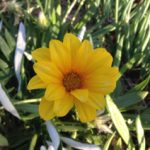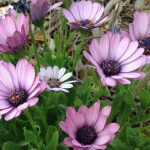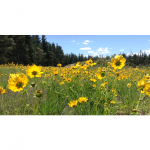
Did you know that you can improve your sleep by spending time outdoors? In this blog post, I’m going to break the research down into practical bite-sized pieces of information so you can take the steps you need to get a better night’s sleep.
The connections between sleep, the outdoors and mental health
Sleep is closely linked to mental and physical health but nearly half of adults report not having adequate sleep. I’ve written in other blog posts about the complex nature of sleep so I won’t delve into the details here. But it’s important to understand that there are many factors that affect sleep quality and quantity. This means that the research about sleep can be pretty tricky. For one thing, it’s difficult to separate out all the different factors and identify exactly what causes what for different people in different situations. One of the factors that we know impacts sleep is spending time outdoors. So let’s have a closer look at how you can use this all-natural treatment to improve your sleep and feel better.
Day to day stresses affect your sleep
Day to day stresses affect your sleep so you need to develop effective stress management strategies not only to deal with your stresses when you’re lying awake in bed at night, but more importantly managing your stresses throughout each day so you don’t carry them to bed with you. There are many ways you can use nature to help with stress management:
- The fractals of nature can be soothing. Fractals are the patterns that you can see and hear repeated in nature such as tree branches, ripples on a pond, the shape of snowflakes and the way they fall, ocean waves, the patterns on tree bark and animal skin, the sound of a running stream or a waterfall.
- Meditation and mindfulness practices are known to be very useful for managing stress among other things, and the outdoors is a great place to practise them. Using your senses, bring yourself into the present moment – what do your see / hear / taste / smell / touch? Meditation and mindfulness practices can also help you refocus your attention and let go of stresses that you’re carrying around with you.
- Physical activity and exercise are great ways to manage stress. Moving your body triggers changes in your bio-chemistry so that you feel better and manage your stresses better. When you get outdoors you’re more likely to be active than when you stay indoors. The point here is to be intentional about giving yourself outdoors time every day and to be as active as possible.
- If you can’t get outside, for whatever reason, find ways to bring nature in to you that brings you joy and a sense of calm. You could try opening a window, growing indoor pot plants or flowers, displaying sea shells or even hang up a landscape painting or a photo of a natural setting.
- Your imagination is another tool for managing stress by connecting you with nature even if you’re not outside. If you’re having difficulty sleeping or want to relax, you can visualise yourself in a natural setting. Invite all your senses to help out so that you truly feel as if you’re in a tranquil location surrounded by the sights, sounds and smells that help you de-stress and relax. I like to visualise myself lying on the sand at the beach and letting my stresses drain away into the sand as the sun warms my skin, the waves softly lapping the shore and the she-oaks waving their branches.
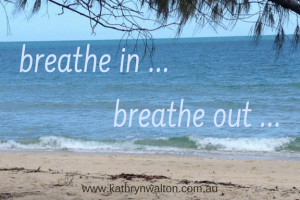
Physical activity and exercise reduces stress levels and improves sleep
When you spend time outdoors you’re more likely to be physically active. Your body was designed to move, to be active, so it’s important to move a lot throughout the day. Activity and exercise also tires you out so you’re more likely to get a better sleep.
Medical conditions and pain can affect your activity levels and your sleep. My advice here is to focus on what you CAN do rather than what you can’t. Seek advice from your health professionals about the best and safest ways for you to be active. In general, something is better than nothing.
According to the research, moderate to vigorous physical activity is the best intensity of exercise to improve your sleep. When you are engaged in moderate intensity activity, you’ll feel your heart rate and breathing rate increase. You’ll feel like you’re working but you can still have a conversation with someone. Step it up a notch to vigorous intensity activity and you won’t be able to carry on that conversation any longer. Measuring intensity is all about your personal experience, so make sure you don’t compare yourself with others.
Australia’s Physical Activity and Sedentary Behaviour Guidelines are a useful guide to improve general health and wellbeing including sleep. Some other countries have similar guidelines developed from recommendations published by the World Health Organisation (WHO) including USA, Canada and UK. The Australian Guidelines state:
- Doing any physical activity is better than doing none. If you currently do no physical activity, start by doing some, and gradually build up to the recommended amount.
- Be active on most, preferably all, days every week.
- Accumulate 2 ½ to 5 hours of moderate intensity physical activity or 1 ¼ to 2 ½ hours of vigorous intensity physical activity, or an equivalent combination of both moderate and vigorous activities, each week.
- Do muscle strengthening activities on at least 2 days each week.
Exercise in the afternoon can disrupt your sleep, especially if it’s vigorous exercise, so for most people the recommendation is to exercise in the morning if possible and preferably outdoors with the morning light (see my next point!)
The research also shows that time spent outdoors at any time of the day may assist with sleep but afternoon exercise is possibly best kept at a gentle level.
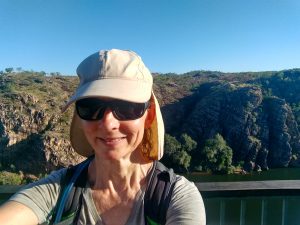
Light exposure can help or hinder sleep
You can use your exposure to light to help improve your sleep. Go outside first thing in the morning – the blue light that is dominant in the morning wakes you up and triggers your body’s production of the sleep hormone melatonin which is released after dark and causes you to feel sleepy. Remember to follow the health guidelines for protecting your skin from damage by the sun.
Every morning when you go outdoors into the sunlight, you re-set your body clock. This is why it’s important to avoid blue light after dark. Put your devices away (remember to mute them!) and do some other activities instead. Think about the sorts of activities that previous generations may have done in the evening such as playing or listening to music, reading, playing board or card games and even going to bed earlier!
A consistent daily routine sets you up for a better night sleep
The research suggests that people with a consistent daily routine that incorporates exercise, time outdoors, meal times and relaxing activities in the evening are more likely to sleep better. Does your daily routine consistently include all these things? If not, how you can you re-arrange things so that it does?
But what if you have children or a baby!?
Disruptions to sleep are inevitable when you have children or are caring for someone else. It’s a 24/7 job and it doesn’t go on forever although it might feel like it at the time! The general recommendation is to sneak sleep in when and where you can and to get support or practical help with your responsibilities. If you don’t have a tribe (or a village) around you, create one for yourself and your family rather than striving for independence. Ask for help.
A healthy daily routine is vital for everyone no matter their age. Australia has developed the Australian 24-Hour Movement Guidelines which complement the Physical Activity and Sedentary Behaviour Guidelines. You can model these guidelines for your family by setting healthy boundaries and routines for everyone that includes outdoors time, physical activity, exposure to natural patterns of light and dark, meal times and bed times.

Bring nature into your bedroom
It’s important to have a safe, comfortable sleeping space. You can use nature to enhance your bedroom environment and improve your sleep.
Studies on people who go camping show that many campers sleep better and longer. They also tend to go to bed with the sun and wake up with the sun as our ancestors did. There are probably many factors contributing to this, so I’m not suggesting you move into a tent to improve your sleep, but it’s worth exploring how you might be able to tweak your sleeping environment, evening routine, behaviours and habits to replicate what happens in a camping situation. You could try the following:
- Dim your house lights after dark and minimise exposure to blue light. You could mute your devices and put them in another room.
- If you have bright street lights or car lights shining through your bedroom window, think about window coverings that will block them. Change the arrangement of furniture in your room to lessen the problem. Can you grow some plants or install an external window shade that blocks the light?
- Many people like to keep a light on during their sleeping hours to provide comfort or safety when getting up to the bathroom. Try using a light that has a soft, warm glow rather than a bright light.
- Air temperature and air flow, or lack of it, can disrupt your sleep. Your body needs to drop in temperature to have a good sleep. Unless you live in the tropics, the temperature normally drops at night time, so be careful not to rug up too much. Likewise, if it’s a hot night, you might need to find ways to cool down such as leaving the windows and internal doors open to allow for air flow.
- Gazing at the night sky from the comfort of bed can be relaxing for many people, but not for others. Adjust your window coverings and rearrange your furnishings to suit your needs.
- Waking up with the sunrise and going to bed just after sunset can be a wonderful way to start and end your day. Of course this is different at different times of the year and in different parts of the globe and isn’t always practical. But it’s definitely a habit worth considering.
- What about the sounds you hear when you go to bed? Many people eventually get used to the sounds in their own neighbourhoods including cars, trains and sirens. But it can also take a while to get used to the sounds of nature at night if you’re not familiar with them. What nature sounds do you find soothing, and which do you find unsettling? How can you intentionally bring soothing sounds into your sleep environment? You could play music that incorporates the sounds of nature or download a ‘nature sounds’ app.
- Aromatherapy can be used to improve your sleep too. Think about which aromas (or smells) you find soothing in nature and how you can safely bring them into your sleeping space. For example, you could have some fresh or dried lavender in your room if you like that scent, or use essential oils or incense (but for safety reasons don’t keep anything burning or heating when you go to bed, and follow recommended instructions carefully.)
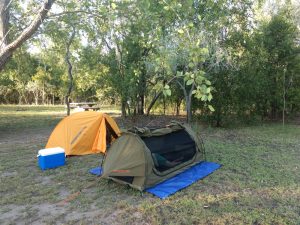
What to do if you need more help to improve your sleep
If your sleep doesn’t improve after trying these strategies, have a chat with your doctor or health professional who can help you explore what you need to do in your situation. There are some medical and psychological conditions such as sleep apnoea, certain chronic diseases and stress disorders that may need more specialised interventions to get you the super sleep you deserve!
It’s up to you now to take action.
What can you do, what’s in your control right now that you can experiment with to improve your sleep? How can you use the outdoors to get a better sleep?
- Manage your stress levels each day by getting outside or connecting with nature in some way
- Get outside each day, be more active or increase the intensity of your exercise
- Spend time outside first thing in the morning to get a dose of natural light that re-sets your body clock and helps you to feel sleepy later in the evening
- Create a consistent daily routine that includes getting up and going to bed closer to sunrise and sunset, spending time outdoors, getting plenty of movement and exercise, avoiding blue light in the evening and doing some relaxing activities instead of scrolling through your device
- Model a healthy routine for your children and set boundaries around their activities
- Bring soothing aspects of nature into your sleeping environment by checking in with your senses – what can I see, hear, touch, smell that is calming and is associated with rest and sleep
Whatever you do, don’t give up too quickly. Stick at it because it can take a while to see the results. We know that even when you implement a new healthy habit, it can take a few weeks or months for it to really kick in.
Download the free printable!
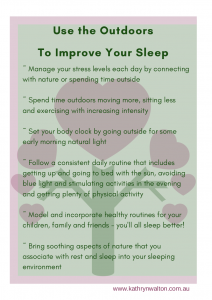 I’ve created a handy hint sheet for you to use to remind you about all the actions you can take to improve your sleep by using the outdoors.
I’ve created a handy hint sheet for you to use to remind you about all the actions you can take to improve your sleep by using the outdoors.
When you click on the image you’ll be taken to the RESOURCES tab on my website where you’ll find this handy hint sheet, along with many other printables which are free for you to download and print for your own use.
Listen to the audio version of this blog on the podcast!
As I write this blog post, our “Outdoors is my Therapy” podcast listeners are growing in number every day. I have many fabulous topics planned for the podcast including some interviews and stories about outdoor adventures.
I’d love to know if you have a topic about the outdoors that you’d love to hear more about. You can let me know via Facebook, Instagram or email. And join the Outdoors is my Therapy Facebook Group for plenty of inspiring chat and photos about the outdoors.
 Discovering mountain biking as life’s ultimate parallel universe in her middle age, Kathryn Walton shares information and reflections in ‘Daisy Spoke’ that inform, inspire and empower women to a healthy and active lifestyle.
Discovering mountain biking as life’s ultimate parallel universe in her middle age, Kathryn Walton shares information and reflections in ‘Daisy Spoke’ that inform, inspire and empower women to a healthy and active lifestyle.
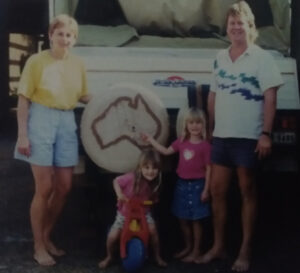
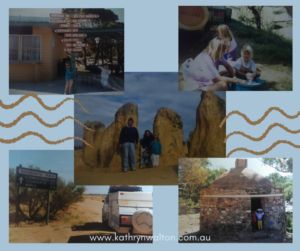
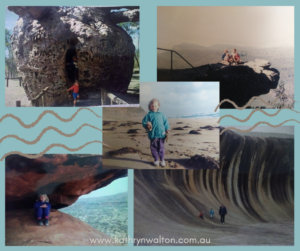
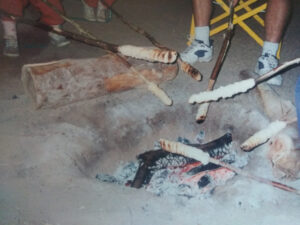
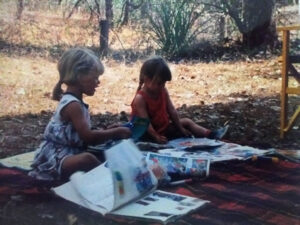
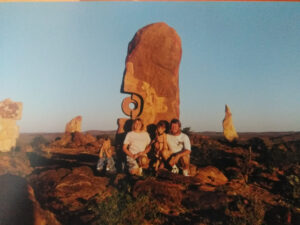
 Kathryn Walton shares information and reflections in Daisy Spoke that connect, inspire and self-empower women to make healthy choices for themselves.
Kathryn Walton shares information and reflections in Daisy Spoke that connect, inspire and self-empower women to make healthy choices for themselves.







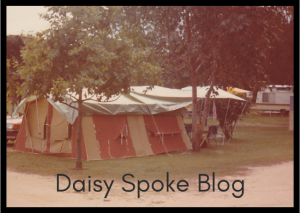
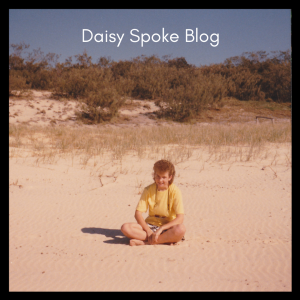
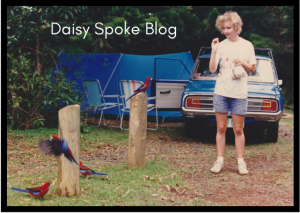
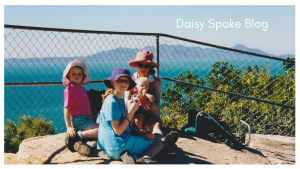
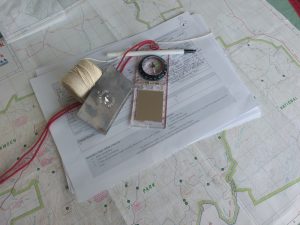
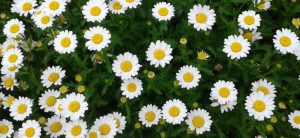
 This tranquil day of RETREAT will have Kathryn Walton guiding a small group of women through reflections, discussions and creative activities as we explore the perceptions and experiences of barriers, obstacles, restrictions and limitations in our lives. Identifying and acknowledging these issues is a step towards EMPOWERING ourselves to step into the LIFE we want to live, the ATTITUDE we want to be living with, and the very real POSSIBILITIES this opens up for us. We want to do more than survive – WE WANT TO THRIVE!
This tranquil day of RETREAT will have Kathryn Walton guiding a small group of women through reflections, discussions and creative activities as we explore the perceptions and experiences of barriers, obstacles, restrictions and limitations in our lives. Identifying and acknowledging these issues is a step towards EMPOWERING ourselves to step into the LIFE we want to live, the ATTITUDE we want to be living with, and the very real POSSIBILITIES this opens up for us. We want to do more than survive – WE WANT TO THRIVE!
